What is latitude and longitude?
We use imaginary lines to help locate where a place is in the world.
- We use lines of latitude to find out how far north or south a place is. These lines run parallel to the Equator.
- There are five major lines of latitude:
- the Arctic Circle (the North Pole)
- the Antarctic Circle (the South Pole)
- the Tropic of Cancer
- the Tropic of Capricorn
- and the Equator.
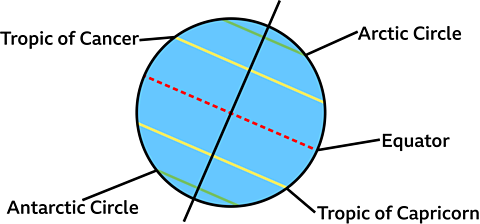
- We use lines of longitude to find out how far east or west a place is. These lines run from the top of the Earth to the bottom.
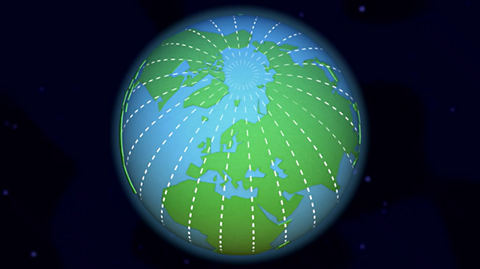
Watch: Latitude and longitude explained
I’ve been asked to deliver this parcel to my cousin but he lives on an island and doesn’t have an address to send things to, like you or me. It’s not a problem though, because I know a good way to find out exactly where he lives.
First, I’m going to find out which half of the Earth he’s on.
Running around the middle of the planet is an imaginary line called the Equator. Well I’m on the half that’s above the Equator, which is called the Northern Hemisphere and he lives on the half that’s below the Equator, which is the Southern Hemisphere.
But I also need to find out how far around the Earth he is, and how far down. To do that, I’ll use what’s called latitude and longitude.Lines of latitude run around the Earth like imaginary hoops and have numbers to show how many degrees north or south they are from the Equator.
Lines of longitude run from the top of the Earth to the bottom, and divide up the Earth a bit like the segments of an orange.
The line going through London, called Greenwich Meridian, is the starting point at zero degrees.
The other lines show how many degrees east or west of this you are. If I want to see where a place is in the world, I just need to look at where the lines cross, and read the numbers.
Ah, there he is! Latitude is 32 degrees south, and longitude is 115 degrees east.
See if you can find out what your latitude and longitude are by using a globe. Go on! It’s easy!
What are hemispheres?
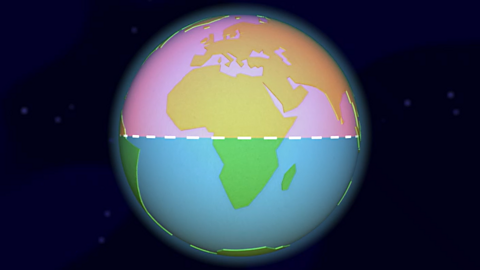
The Equator is at the centre of the lines of latitude and is at 0° latitude.
Anything lying south of the Equator is in the Southern Hemisphere and is labelled °S. Anything lying north of the Equator is in the Northern Hemisphere and is labelled °N. The North Pole is 90°N and the South Pole is 90°S.

The Arctic Circle surrounds the North Pole at 66.5°N and the Antarctic Circle surrounds the South Pole at 66.5°S.
The Tropic of Cancer is approximately 23.5°N of the Equator and the Tropic of Capricorn is approximately 23.5°S of the Equator.
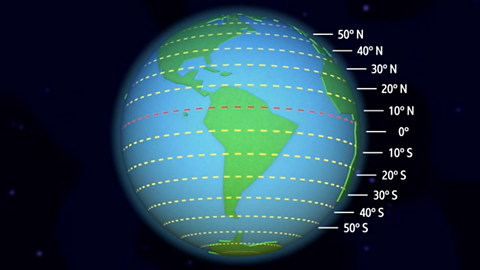
The line labelled 0° longitude is called the Prime Meridian or the Greenwich Meridian and runs through London. Anything lying east of the Greenwich Meridian is in the Eastern Hemisphere and is labelled °E. Anything lying west of the Greenwich Meridian is in the Western Hemisphere and is labelled °W.
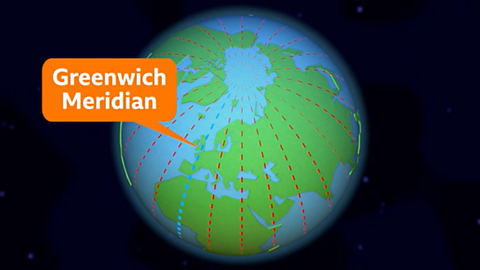
Activity: Quiz – Latitude and longitude
SATs preparation resources. activitySATs preparation resources
Get ready for the SATs papers with videos, activities, quizzes and games to refresh your knowledge and practise your skills.

More on Outdoor detectives
Find out more by working through a topic
- count3 of 11
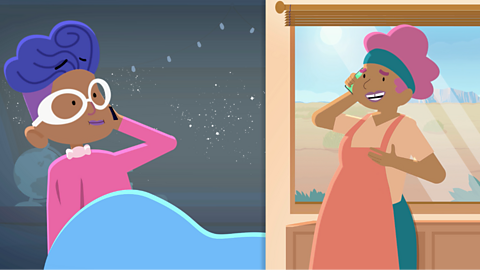
- count4 of 11
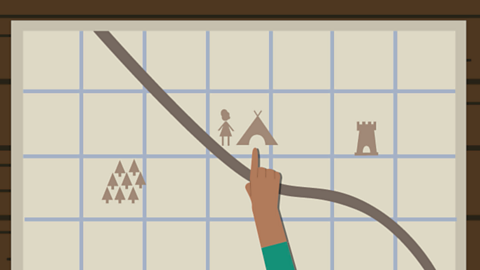
- count5 of 11
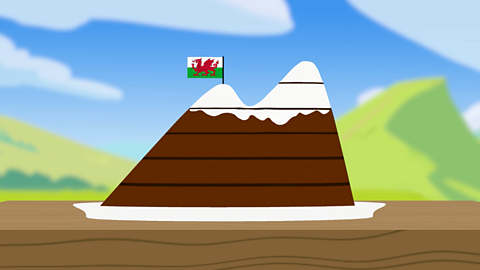
- count6 of 11
